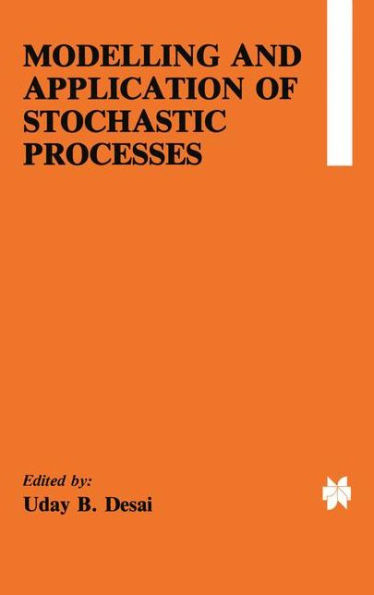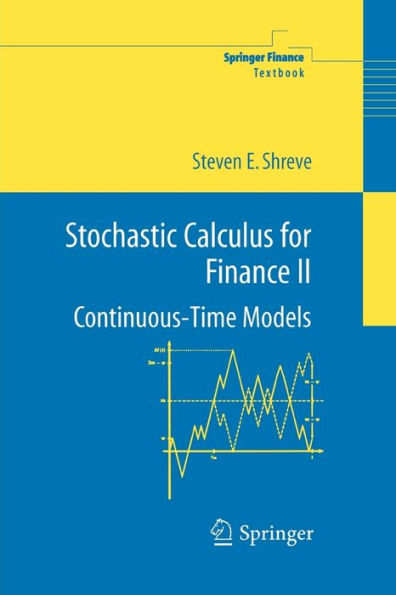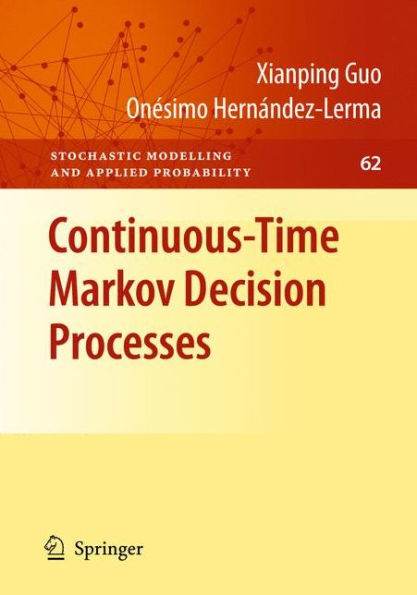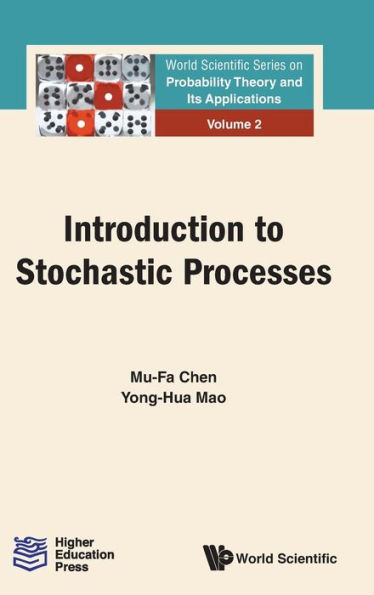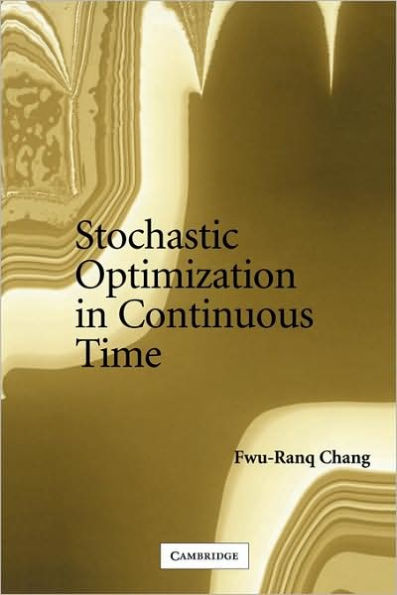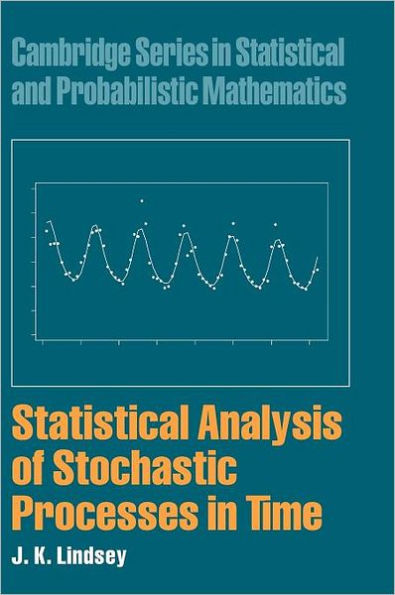Home
An Introduction to Continuous-Time Stochastic Processes: Theory, Models, and Applications Finance, Biology, Medicine
Barnes and Noble
An Introduction to Continuous-Time Stochastic Processes: Theory, Models, and Applications Finance, Biology, Medicine
Current price: $59.99
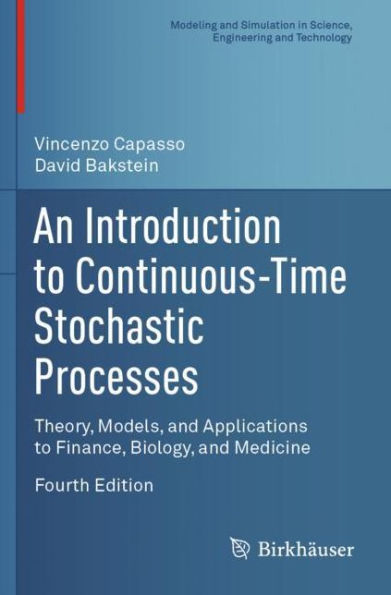

Barnes and Noble
An Introduction to Continuous-Time Stochastic Processes: Theory, Models, and Applications Finance, Biology, Medicine
Current price: $59.99
Size: Paperback
Loading Inventory...
*Product information may vary - to confirm product availability, pricing, shipping and return information please contact Barnes and Noble
This textbook, now in its fourth edition, offers a rigorous and self-contained introduction to the theory of continuous-time shastic processes, shastic integrals, and shastic differential equations. Expertly balancing theory and applications, it features concrete examples of modeling real-world problems from biology, medicine, finance, and insurance using shastic methods. No previous knowledge of shastic processes is required. Unlike other books on shastic methods that specialize in a specific field of applications, this volume examines the ways in which similar shastic methods can be applied across different fields.
Beginning with the fundamentals of probability, the authors go on to introduce the theory of shastic processes, the Itô Integral, and shastic differential equations. The following chapters then explore stability, stationarity, and ergodicity. The second half of the book is dedicated to applications to a variety of fields, including finance, biology, and medicine. Some highlights of this fourth edition include a more rigorous introduction to Gaussian white noise, additional material on the stability of shastic semigroups used in models of population dynamics and epidemic systems, and the expansion of methods of analysis of one-dimensional shastic differential equations.
An Introduction to Continuous-Time Shastic Processes, Fourth Edition
is intended for graduate students taking an introductory course on shastic processes, applied probability, shastic calculus, mathematical finance, or mathematical biology. Prerequisites include knowledge of calculus and some analysis; exposure to probability would be helpful but not required since the necessary fundamentals of measure and integration are provided. Researchers and practitioners in mathematical finance, biomathematics, biotechnology, and engineering will also find this volume to be of interest, particularlythe applications explored in the second half of the book.
Beginning with the fundamentals of probability, the authors go on to introduce the theory of shastic processes, the Itô Integral, and shastic differential equations. The following chapters then explore stability, stationarity, and ergodicity. The second half of the book is dedicated to applications to a variety of fields, including finance, biology, and medicine. Some highlights of this fourth edition include a more rigorous introduction to Gaussian white noise, additional material on the stability of shastic semigroups used in models of population dynamics and epidemic systems, and the expansion of methods of analysis of one-dimensional shastic differential equations.
An Introduction to Continuous-Time Shastic Processes, Fourth Edition
is intended for graduate students taking an introductory course on shastic processes, applied probability, shastic calculus, mathematical finance, or mathematical biology. Prerequisites include knowledge of calculus and some analysis; exposure to probability would be helpful but not required since the necessary fundamentals of measure and integration are provided. Researchers and practitioners in mathematical finance, biomathematics, biotechnology, and engineering will also find this volume to be of interest, particularlythe applications explored in the second half of the book.
